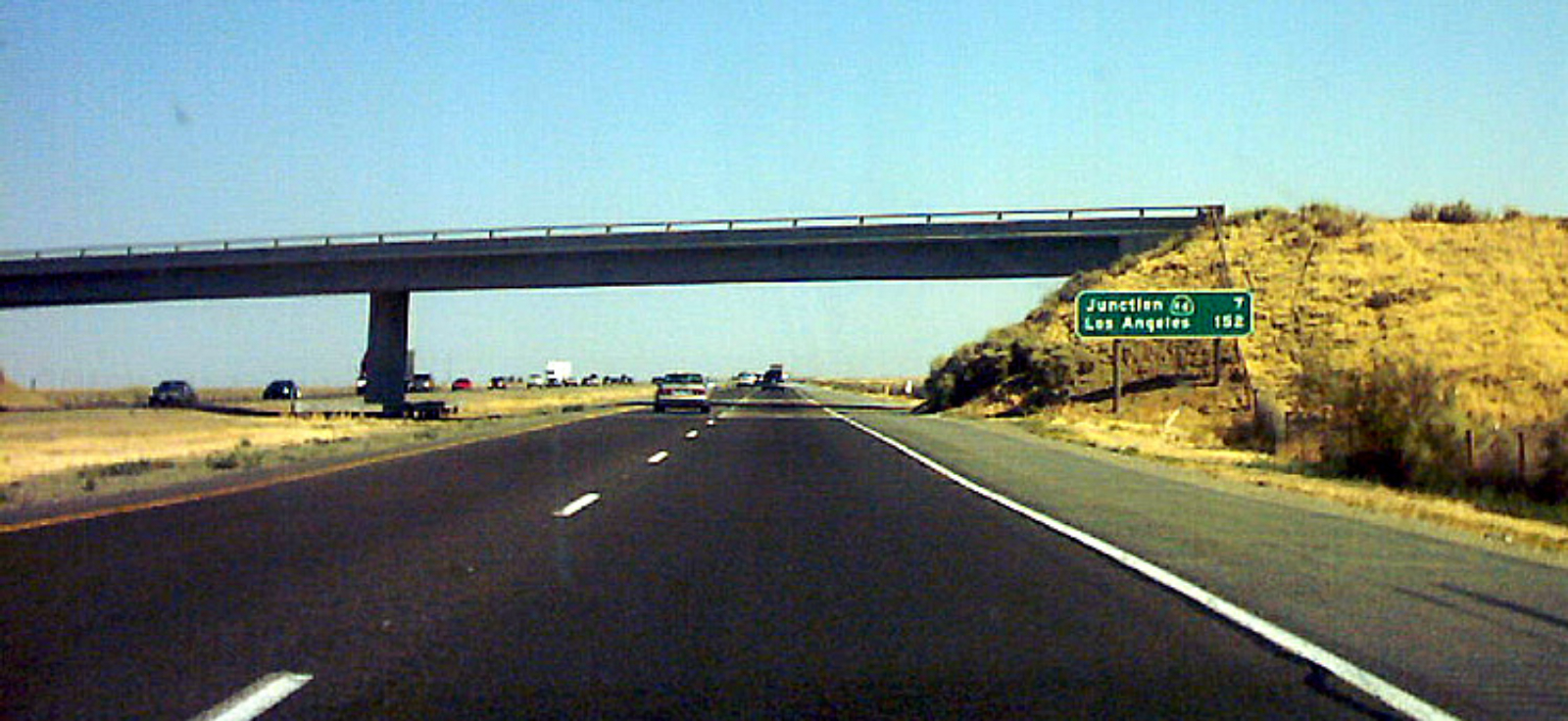Site overview
The Interstate System has been called the greatest public works project in history. From the day President Dwight D. Eisenhower signed the Federal-Aid Highway Act of 1956, the Interstate System has been a part of our culture as construction projects, as transportation in our daily lives, and as an integral part of the American way of life. Between 1954 and 1956, there were several failed attempts to pass a national highway bill through the Congress. The main controversy over the highway construction was the apportionment of the funding between the Federal Government and the states. Undaunted, President Eisenhower renewed his call for a "modern, interstate highway system” in his 1956 State of the Union Address. Within a few months, after considerable debate and amendment in the Congress, the Highway Act of 1956 emerged from the House-Senate conference committee. In the act, the interstate system was expanded to 41,000 miles, and to construct the network, $25 billion was authorized for fiscal years 1957 through 1969. During his recovery from a minor illness, Eisenhower signed the bill into law at Walter Reed Army Medical Center on the 29th of June. Because of the 1956 law, and the subsequent Highway Act of 1958, the pattern of community development in America was fundamentally altered and was henceforth based on the automobile.





